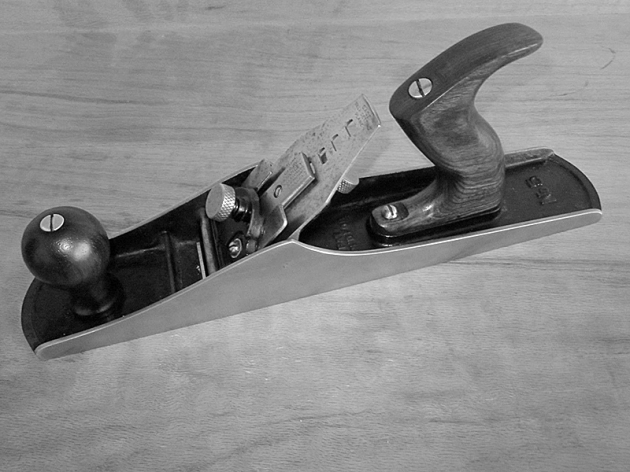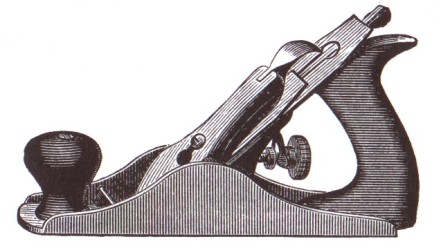Five Confusion-Busting Facts About Type Studies
February 10, 2017 2 Comments
Five important confusion-busting facts about Type Studies:
- Type Studies are modern-day timelines used to identify the age of a tool by referencing important changes in its design, manufacture, and physical characteristics. Different ‘Types’ within a Type Study refers to a particular period of manufacture in which a particular feature or set of features was unique.
- Manufacturers didn’t adhere to Type Studies because Type Studies did not exist at the time. They simply manufactured tools and made periodic changes to design and manufacturing processes, just like manufacturers today. We identify those periodic changes in the Type Study, and subsequently assign ‘Types’ based on the time period in which they were made.
- Type Studies are not interchangeable. They only apply to a specific model or series of tools. Different tools and different lines will have different Type Studies. For example, Stanley’s Bailey line of bench planes have a completely different Type Study from the Bed Rock series. Some tools, like the no. 71 router plane, have their own individual Type Study. Many tools have never been studied in depth and don’t have a Type Study at all.
- Type Studies are approximations. The manufacturing timeline was constantly evolving. Even when design changes were made, existing (old) stock parts were used until their supply was depleted before moving to new parts. Therefore, the changeover of features sometimes took months or even years, resulting in multiple variations of the same product being released at the same time. While Type Studies imply that these changes were aligned with a specific date or year, collectors need to understand that the transitions were more evolutionary than revolutionary.
- Type Studies are not all-inclusive. With some manufacturers and some tools, and some tools made during certain periods, features and materials varied quite a bit. A good example of this is Stanley’s offering of Bailey bench planes made during World War II. Brass was in short supply, and subsequently, the so-called Type 17 planes made during the war years have a variety of inconsistencies. Some had brass hardware, where others have steel. Some have rosewood knobs and totes, while others have painted hardwood. Some have frog adjustment mechanisms while others don’t. All made during this period, however, are considered Type 17, regardless of features.




